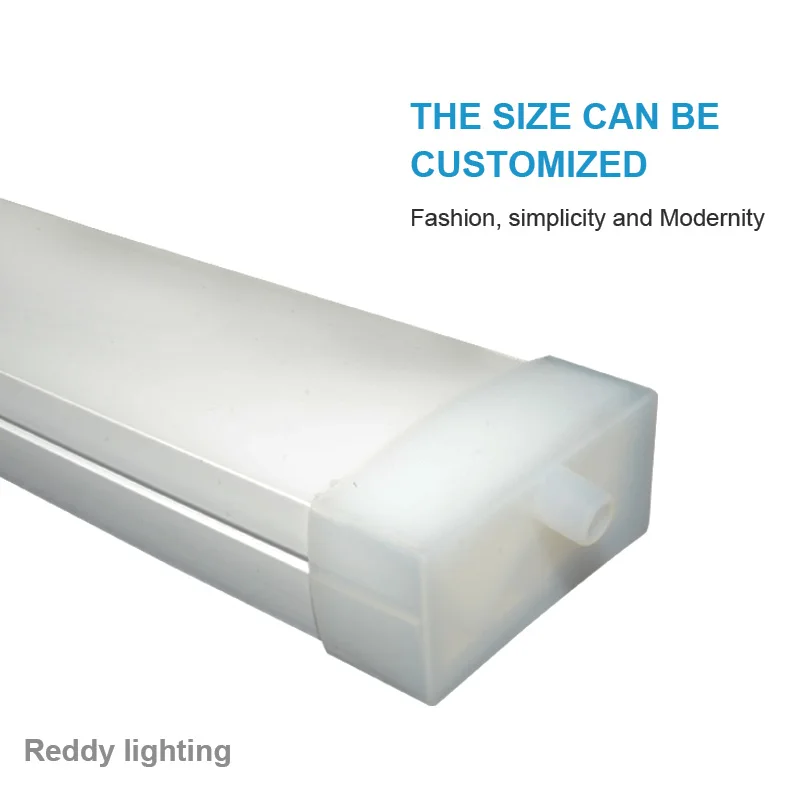High-Quality Internal Door Seal Strips for Enhanced Insulation and Soundproofing
Dec . 10, 2024 22:26 Back to list
High-Quality Internal Door Seal Strips for Enhanced Insulation and Soundproofing
Understanding Internal Door Seal Strips Importance, Types, and Installation
In the modern home, achieving comfort and energy efficiency is a primary goal for homeowners. One often-overlooked component that plays a critical role in this endeavor is the internal door seal strip. Whether you’re renovating, building, or simply looking to enhance your living space, understanding door seal strips can lead to improved insulation, reduced noise, and overall enhanced indoor comfort.
What is an Internal Door Seal Strip?
An internal door seal strip is a flexible strip made of materials such as rubber, foam, or vinyl that is affixed to the edges or frames of doors. It serves to fill the gaps between the door and its frame, creating a barrier that prevents air, dust, sound, and moisture from passing through. This seemingly simple addition offers significant benefits that can enhance the quality of your home environment.
The Importance of Internal Door Seal Strips
1. Energy Efficiency One of the primary reasons for installing door seal strips is to improve energy efficiency. Gaps around doors can lead to significant energy loss, causing heating and cooling systems to work harder. By sealing these gaps, homeowners can maintain desired indoor temperatures more effectively, resulting in lower energy bills.
2. Noise Reduction If you live in a bustling urban area or have a noisy household, seal strips can help mitigate sound transmission. By blocking the gaps, they reduce noise from outside and minimize disturbances between rooms, contributing to a more peaceful home environment.
3. Dust and Allergen Control Internal doors often allow dust, allergens, and insects to enter living spaces. Seal strips create a solid barrier that helps keep these irritants at bay, promoting better indoor air quality and a healthier living environment.
4. Moisture Prevention In areas susceptible to humidity and moisture, such as bathrooms and kitchens, seal strips can help prevent water from seeping through gaps. This is essential in reducing the risk of mold and mildew formation, which can have detrimental effects on both health and property.
Types of Internal Door Seal Strips
There are various types of internal door seal strips available, each suited to specific needs and preferences
1. Self-Adhesive Foam Strips These are easy to apply and come with a peel-and-stick backing. They are ideal for light-duty sealing, such as for residential interior doors.
internal door seal strip product

2. Vinyl Seal Strips More durable than foam, vinyl strips often come in different profiles and colors, allowing for a blend with various door styles and finishes.
3. Rubber Seal Strips Known for their excellent sealing properties, rubber strips are often used for heavy-duty applications. They provide a robust barrier against noise and temperature changes.
4. Magnetic Seal Strips These are typically used on doorways where a more substantial seal is required, such as between rooms in commercial spaces. They provide a strong, yet flexible, sealing solution.
Installation of Internal Door Seal Strips
Installing internal door seal strips is a straightforward process that most homeowners can accomplish with minimal tools. Here’s a simple guide
1. Measure the Door Frame Begin by measuring the height and width of the door frame where the seal will be applied to determine the length of the strip needed.
2. Choose the Right Seal Strip Based on your door type and the specific issues you aim to address (noise, drafts, moisture), select the appropriate seal strip.
3. Clean the Surface To ensure the adhesive bonds well, clean the door frame thoroughly, removing any dust, dirt, or grease.
4. Cut and Attach the Seal Strip Cut the seal strip to size according to your measurements. Peel off the backing and firmly press it into place along the door frame.
5. Test the Seal Once installed, test the door to ensure it closes properly and that the seal is effective. This may involve opening and closing the door a few times to ensure flexibility and the desired fit.
Conclusion
Internal door seal strips are an essential addition to any home aiming for improved comfort, energy efficiency, and noise reduction. By understanding their importance, types, and installation methods, homeowners can make informed choices that enhance their living spaces. With a small investment in seal strips, the benefits—ranging from reduced energy bills to a quieter home—are substantial, making it a win-win for any household. As we strive to create more energy-efficient and pleasant environments, don’t underestimate the power of a simple door seal.
-
LED Neon Rope Light Outdoor Companies: Durable & Bright Solutions
NewsAug.27,2025
-
Premium Window Seal Strip Adhesive: Manufacturers & Suppliers
NewsAug.26,2025
-
Best Window Seal Strip Adhesive Companies: Strong, Durable Seals
NewsAug.25,2025
-
Karcher A2004 Wet & Dry Vacuum Filter: Premium Replacement Cartridge
NewsAug.24,2025
-
Premium Vacuum Filter for Karcher VC 4, VC 6, VC 7 & Tineco A10, A11
NewsAug.23,2025
-
Hi-Flo HF155 Oil Filter KTM 250 EXC Racing 03-06 | OEM 580.38.005.000
NewsAug.22,2025
